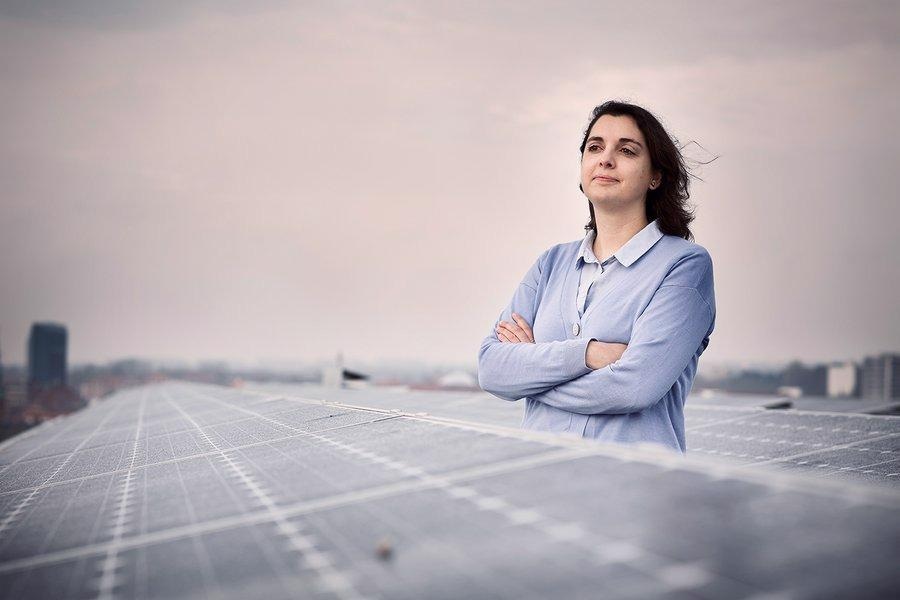Dec 7 2020
A clear and powerful investment in wind and solar power, with immediate effect, is the most affordable and simplest way to honor the Paris Agreement of restricting global warming to 1.5 °C.
 Assistant Professor Marta Victoria. Image Credit: Ida Jensen, AU Photo.
Assistant Professor Marta Victoria. Image Credit: Ida Jensen, AU Photo.
That is the message of a new scientific article published in the Nature Communications journal, where scientists from Aarhus University have modeled the decarbonization of the sector-coupled European energy system by making use of uninterrupted high-resolution hourly data for each European and Scandinavian country and network interconnectivity.
By using the PRIME supercomputer at the university, the team modeled how to alter the production of heating and transport sector energy and electricity to ensure that there is enough of everything for every possible hour, even in the coldest weeks of winter.
We ask the question of which energy strategy to employ in order to reach the 2050 goal. We have a ‘carbon budget’—a maximum amount of CO2 we can emit—and how do we make sure, that by 2050 we reach climate-neutrality in the cheapest and most feasible way?
Marta Victoria, Assistant Professor, Expert in Photovoltaics and Energy Systems, Department of Engineering, Aarhus University
Victoria continued, “There are two scenarios: ‘Early and steady’ or ‘late and rapid’. Our model clearly shows that the cost optimized solution is to act now. To be ambitious in the short term. And we find solar energy and onshore and offshore wind to be the cost optimized cornerstone in a fully decarbonised 2050 energy system.”
Marta Victoria emphasizes that both paths need a huge deployment of wind and solar PV during the following three decades.
The necessary installation rates are analogous to historical maxima making the transition difficult, yet feasible.
It’s not an easy task. In some years, we will have to install more than a 100 Gigawatts of solar PV and wind power, and to achieve full decarbonisation the CO2 prices will have to be a lot higher than today.
Marta Victoria, Assistant Professor, Expert in Photovoltaics and Energy Systems, Department of Engineering, Aarhus University
The paper demonstrates a gradually inclining CO2 price that increases to approximately 400 €/ton in 2050—which is about 20 times higher compared to the present prices. According to Marta, this is essential to favor the transition to renewable energy.
Moreover, the model consists of hydropower and—to consider so-called “nightmare weeks”—a small amount of gas-based electricity and heating production, as well as energy storage facilities.
District heating systems are efficient for very cold and critical periods where electricity demand and heating demand is high, but wind and solar energy production is low. Large hot water tanks discharge during those weeks. This way we make sure, that the future energy systems works for every possible scenario.
Marta Victoria, Assistant Professor, Expert in Photovoltaics and Energy Systems, Department of Engineering, Aarhus University
The study has taken into account every energy resource such as nuclear energy, but improved for cost and viability, the model evidently favors wind, solar, and hydro. The study has been performed in collaboration with scientists from Karlsruhe Institute of Technology and is part of the RE-INVEST project that was financially supported by Innovation Fund Denmark.
Journal Reference
Victoria, M., et al. (2020) Early decarbonisation of the European energy system pays off. Nature Communications. doi.org/10.1038/s41467-020-20015-4.